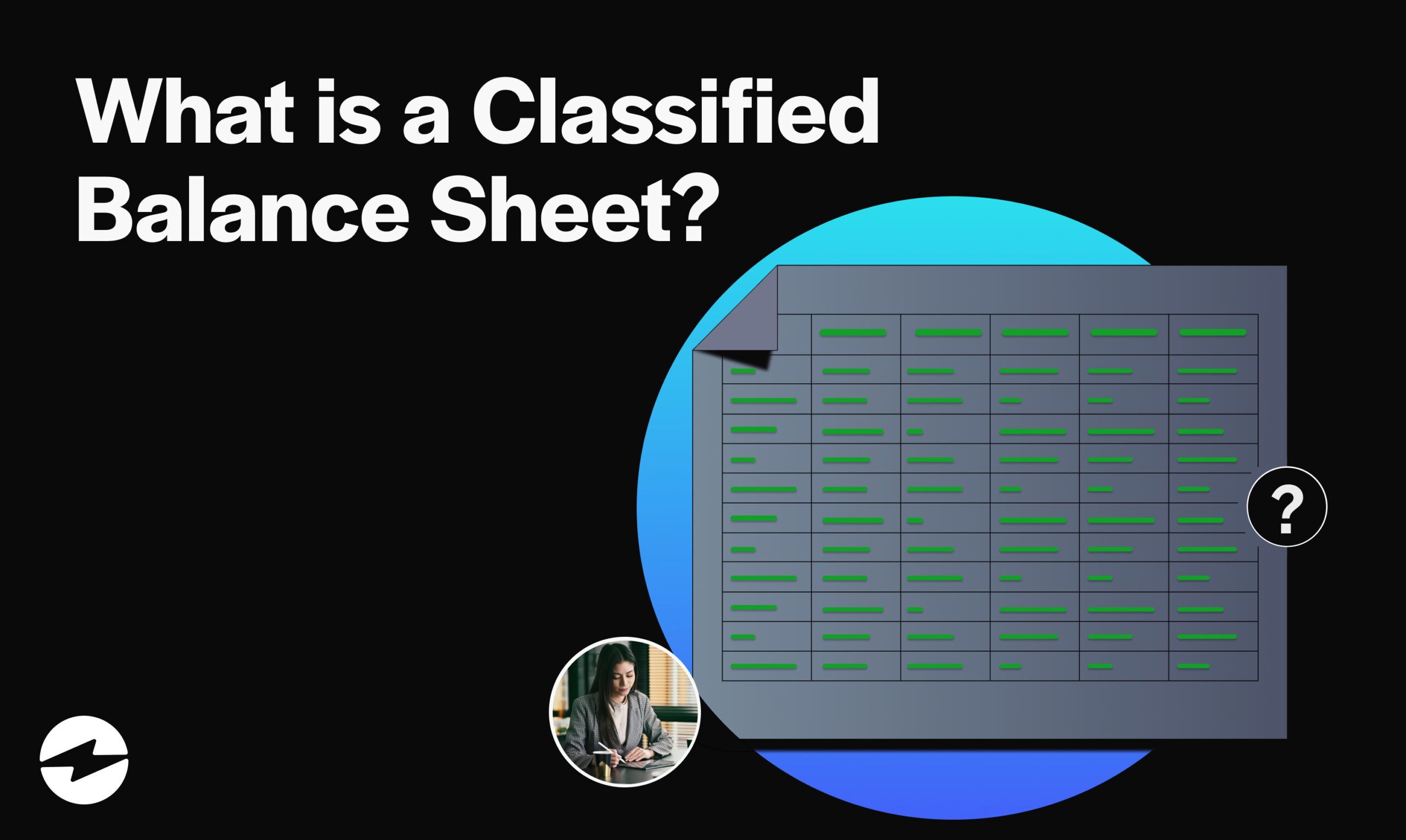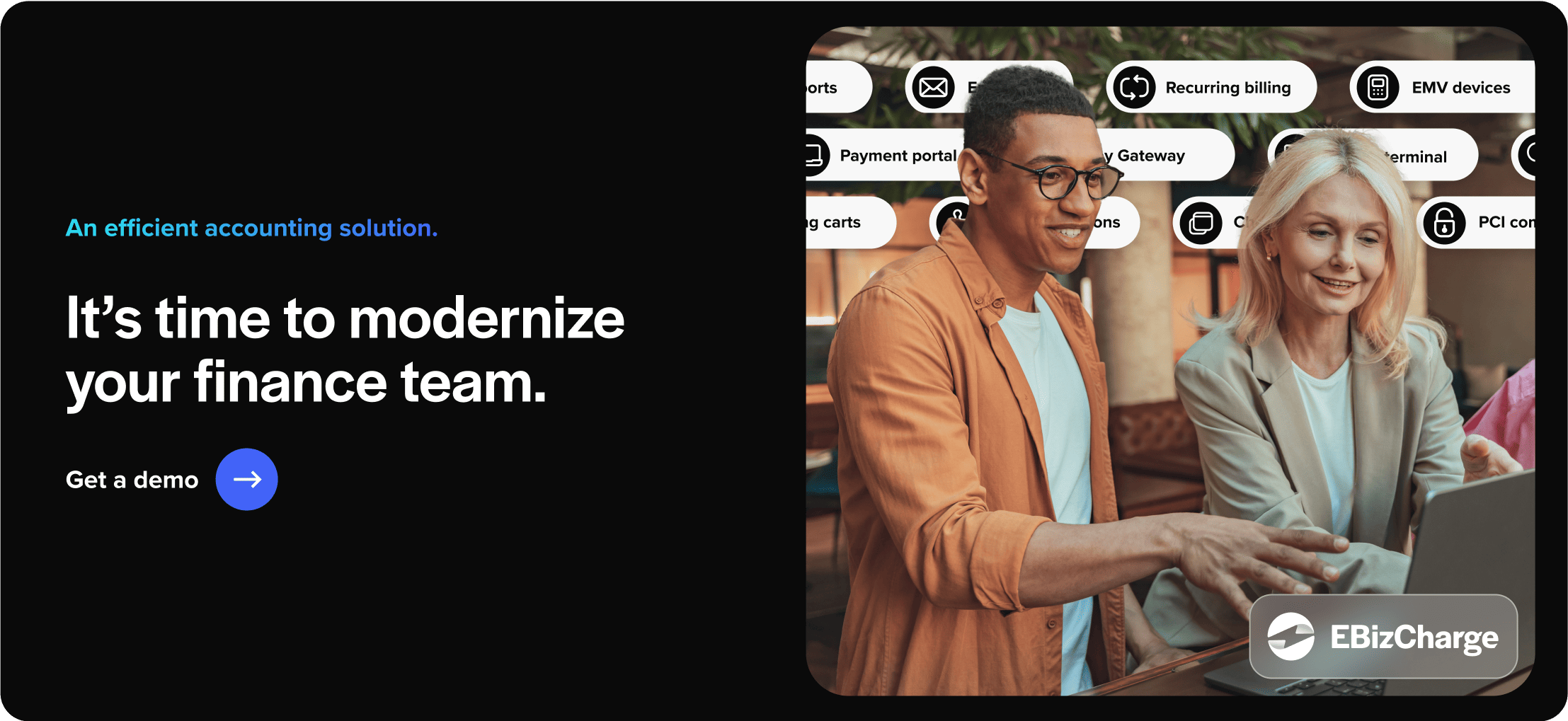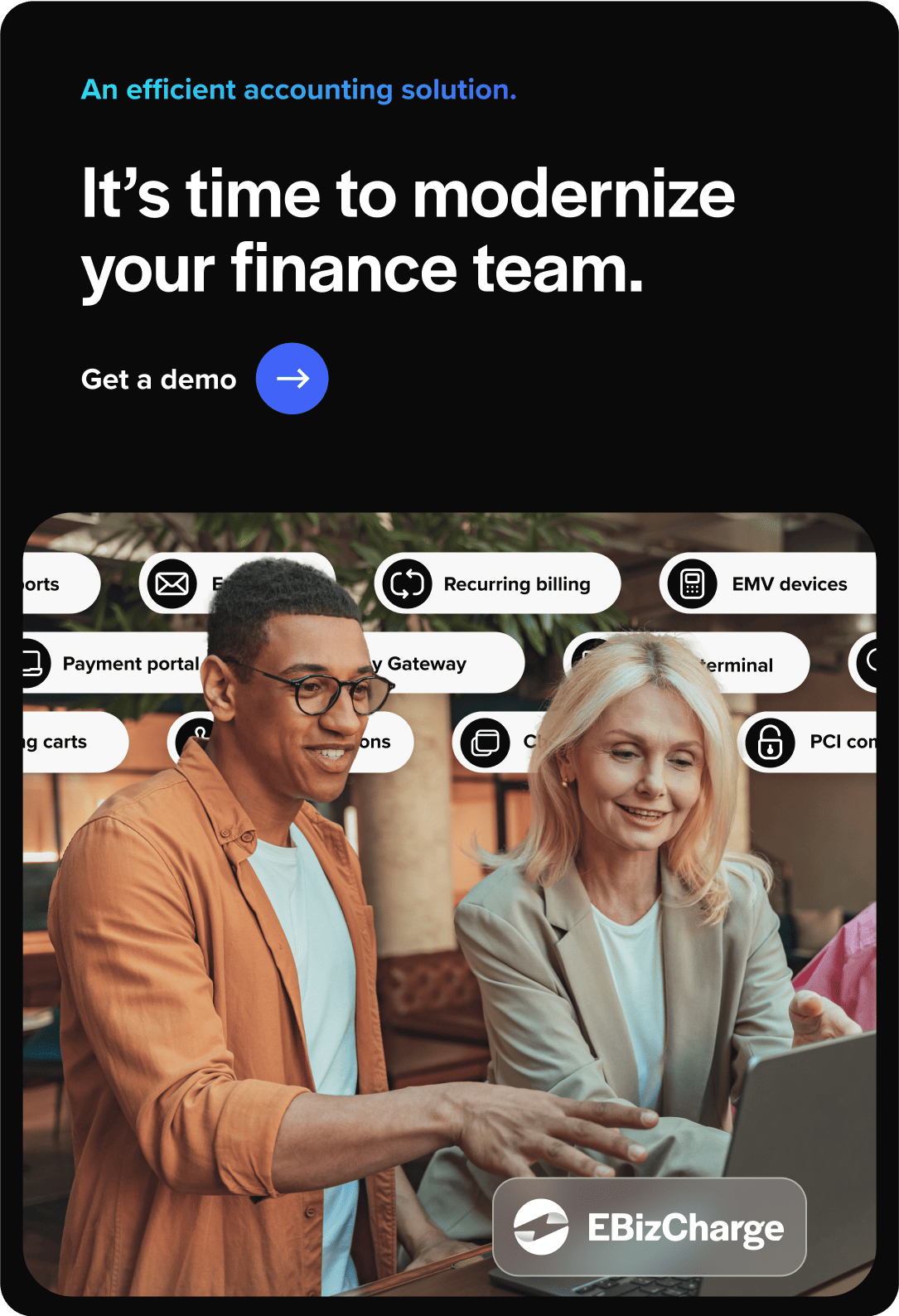Blog > Financial Transparency: What is the Classified Balance Sheet?
Financial Transparency: What is the Classified Balance Sheet?
What is a classified balance sheet? A classified balance sheet is just like a standard balance sheet. The primary difference is that a classified sheet will separate liabilities, assets and equity into further subcategories.
There are many advantages to using this kind of sheet, but it’s important for organizations to understand what a classified balance sheet is, why it’s important and what it shows.
Why is the classified balance sheet important?
A classified balance sheet lists the same liability, asset and equity figures as its traditional counterpart, but it provides this information in greater detail. Each of these components is classified into different categories.
Because classified balance sheets offer more detail and classification, they help current and potential investors better understand:
- Where your funding will go
- What they can expect in future returns
Balance sheets help investors determine risk. Internally, they help directors determine which future steps to take.
Organizations use classified balance sheets to:
- Secure loans: Most lenders will require businesses to provide a balance sheet to assess their creditworthiness and financial health.
- Make informed business decisions: Owners or directors can use classified balance sheets to identify potential problems and take steps to address them before they progress.
- To streamline tax preparation: Having all of your financial statements in order – including your balance sheets – will make tax preparation quicker and easier.
Data can help stakeholders in the business better understand their financial position. Even small entities with one or a handful of employees will want to take the time to create a classified balance sheet.
The additional information can help you better understand your assets and liabilities so that you can make smarter, more informed decisions.
However, businesses of all sizes will find this type of balance sheet useful.
The advantages of using a classified balance sheet
- Compared to its traditional counterpart, a classified balance sheet has many advantages.
- It’s much easier for stakeholders to comprehend and digest the information on a classified balance sheet.
- Investors can assess the organization’s financial health.
- Performing ratio analyses becomes much easier because sections are labeled as non-current and current.
- Lenders can quickly and easily assess the liquidity of an organization.
Classified balance sheets divide your business’s three main parts into smaller categories and provide more financial data.
But what does a classified balance sheet show?
Classifications within the balance sheet
Classified balance sheets have several classifications. While there is no set number of subcategories or specific formats that must be used, most businesses will include the following balance sheet classifications:
Fixed Assets (or Property, Plant, and Equipment)
Fixed assets are all of the assets your organization has purchased for long-term use. They include things such as company property and equipment. These assets are typically tangible and essential to your operations.
In many cases, fixed assets can help businesses achieve long-term financial gains.
Examples include:
- Furniture
- Fixtures
- Factories or buildings
- Land
- Office equipment (PCs, cloud-based applications, copiers, telephones, etc.)
- Equipment and machinery
- Vehicles
- Tools
- Leasehold improvements (additions or upgrades to leased properties)
Intangible Assets
Intangible assets are assets that aren’t physical. They cannot be held or manipulated. These assets are considered long-term, and their value increases over time.
While these assets may not have a physical form, they can be critical to the growth and success of an organization. In fact, the value of intangible assets held by businesses worldwide was $74 trillion in 2021.
Examples of intangible assets include:
- Intellectual property, such as copyrights, patents, trademarks, digital assets, trade secrets, etc.
- Goodwill
- Franchise agreements
- Trade names
- Software
- Accumulated amortization
Current Assets
An organization’s current assets include cash and cash equivalents. Cash equivalents are assets that can be used in a year or converted into cash.
On a classified balance sheet, organizations typically list the most liquid assets first.
Examples of current assets include:
- Cash and cash equivalents
- Short-term investments
- Inventory
- Prepaid investments
- Marketable securities
- Accounts receivable
Other Assets
The “Other Assets” balance sheet classification can include other current assets that are not common and don’t fit into other defined categories.
Other assets may be one-off situations, and their net balances are often small.
Examples of other assets can include:
- Property that is being prepared for sale
- Advances paid to suppliers or employees
- Restricted cash
Shareholder’s Equity
Shareholder’s equity is the asset that remains after paying all liabilities. This classification is important for assessing an organization’s retained earnings after all obligations are paid and can help stakeholders assess risk.
If Shareholder‘s Equity is in the negative, this indicates a risk of bankruptcy. If it’s above zero, this indicates that the organization is managing its assets and liabilities well enough to generate profits.
Examples of Shareholder’s Equity include:
- Share capital
- Net income
- Dividend payments
- Retained earnings
- Treasury stocks
- Common stocks
- Additional paid-in capital
- Preferred shares
Current Liabilities
Current liabilities are the opposite of current assets. These liabilities exist for a period of one year, or the span of an accounting period. Liabilities must be due in the short term and will be paid back with either more liabilities or through your current assets.
Examples of current liabilities include:
- Taxes
- Accrued expenses
- Accounts payable
Even the existing portion of your long-term debt will fall within current liabilities because it must be repaid in the next year.
Long-Term Investments
Investments should be data-backed with forecasts showing that the investment has a potential solid return. Companies that make long-term investments will put their money into:
- Stakes in other companies
- Real estate purchases
- Bond purchases
Amazon is a prime example of a company with long-term investments. The company routinely invests in startups and other companies and adds long-term investments to its balance sheet. For example, when the company purchased a 20% stake in Rivian, Inc., it was considered a long-term investment.
Long-term Liabilities
Long-term liabilities require payment in more than one year. The payment may be due in the next few years or 20 years from now. Long-term debt is preferable because it allows a business to have:
- Lower monthly obligations
- More time to raise capital
Examples of long-term debt would include:
- Mortgage payments
- Loan payments
- Tax liability deferment
Any form of debt that is to be repaid in more than 12 months is a long-term debt. While the debt may have lower payments, it remains a risk if market conditions change or an economic downturn occurs before repayment.
An example of a classified balance sheet
Below, you’ll find an example of the two main types of balance sheets:
- Traditional balance sheet
- Classified balance sheet
While similar, in a classified balance sheet assets are usually classified as current, fixed and intangible assets. You’ll notice much of the information is the same, but a lot of additional data is provided to make your financials clearer.
The traditional balance sheet format overview
Before reviewing a classified balance sheet example, it’s important to know what’s in a traditional balance sheet so that you can see how they differ.
The classified balance sheet format overview
You can use this classified balance sheet template to make it easier for you to create your company’s balance sheet.
If you’re still unsure about a classified balance sheet or have questions, you’ll find the most common questions and answers below.


